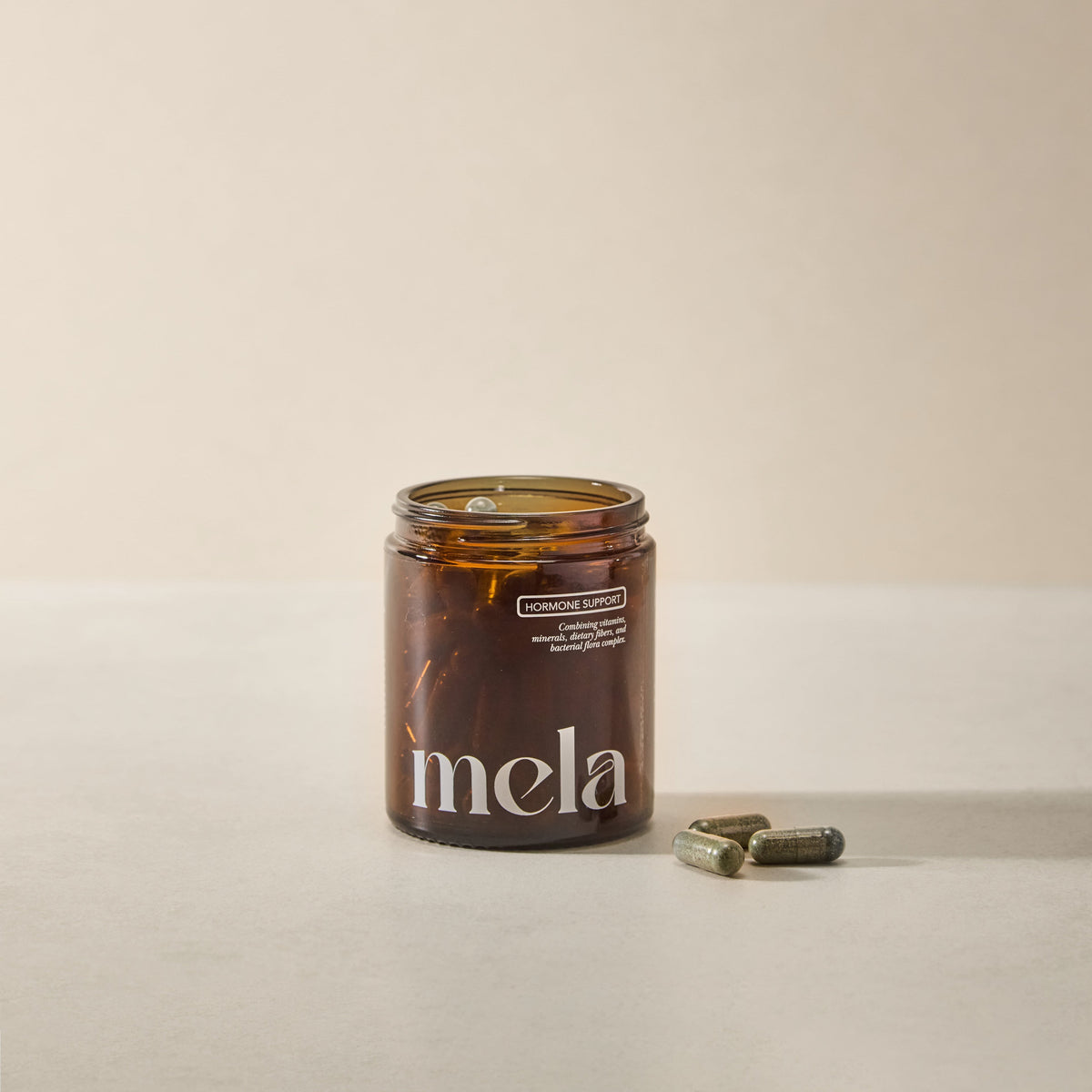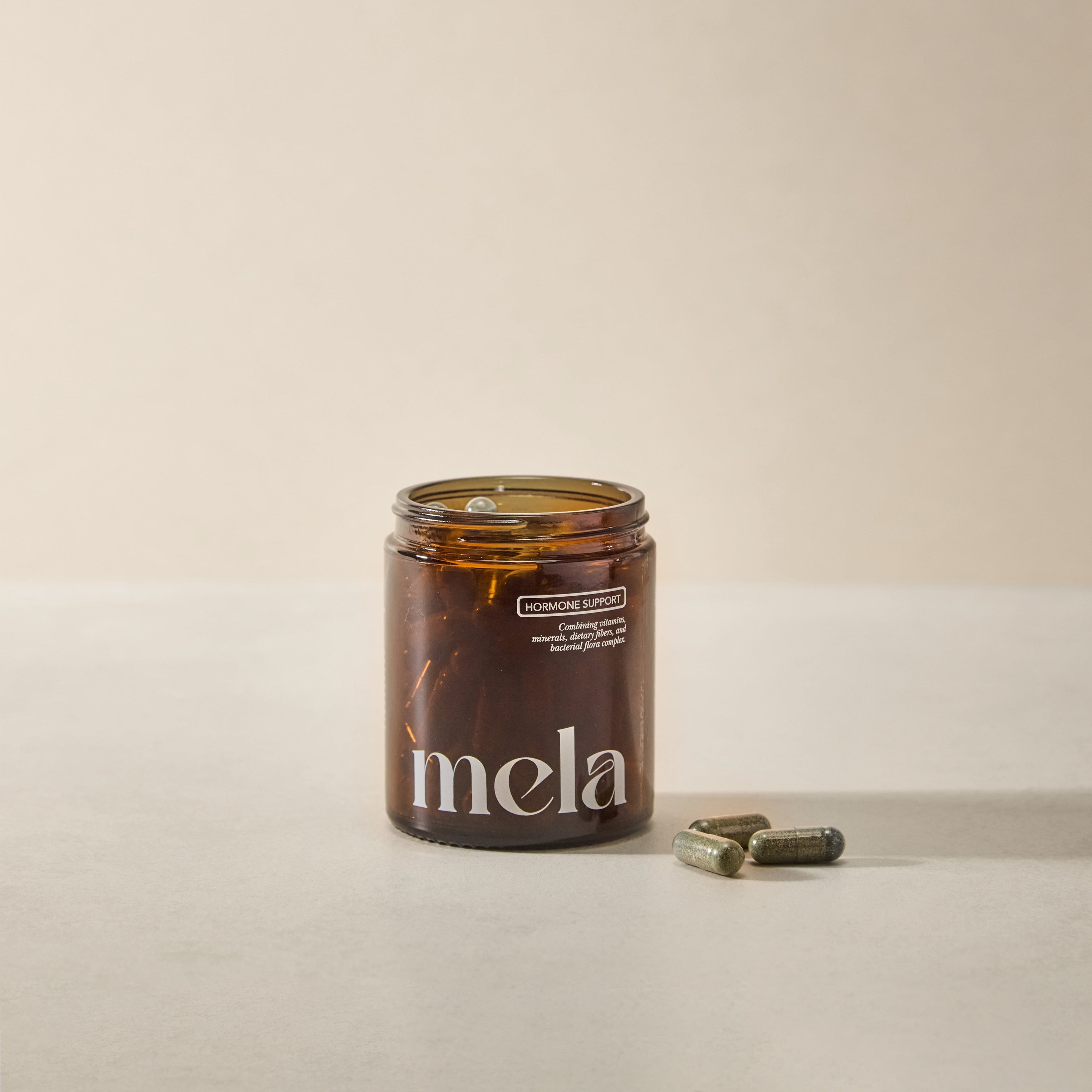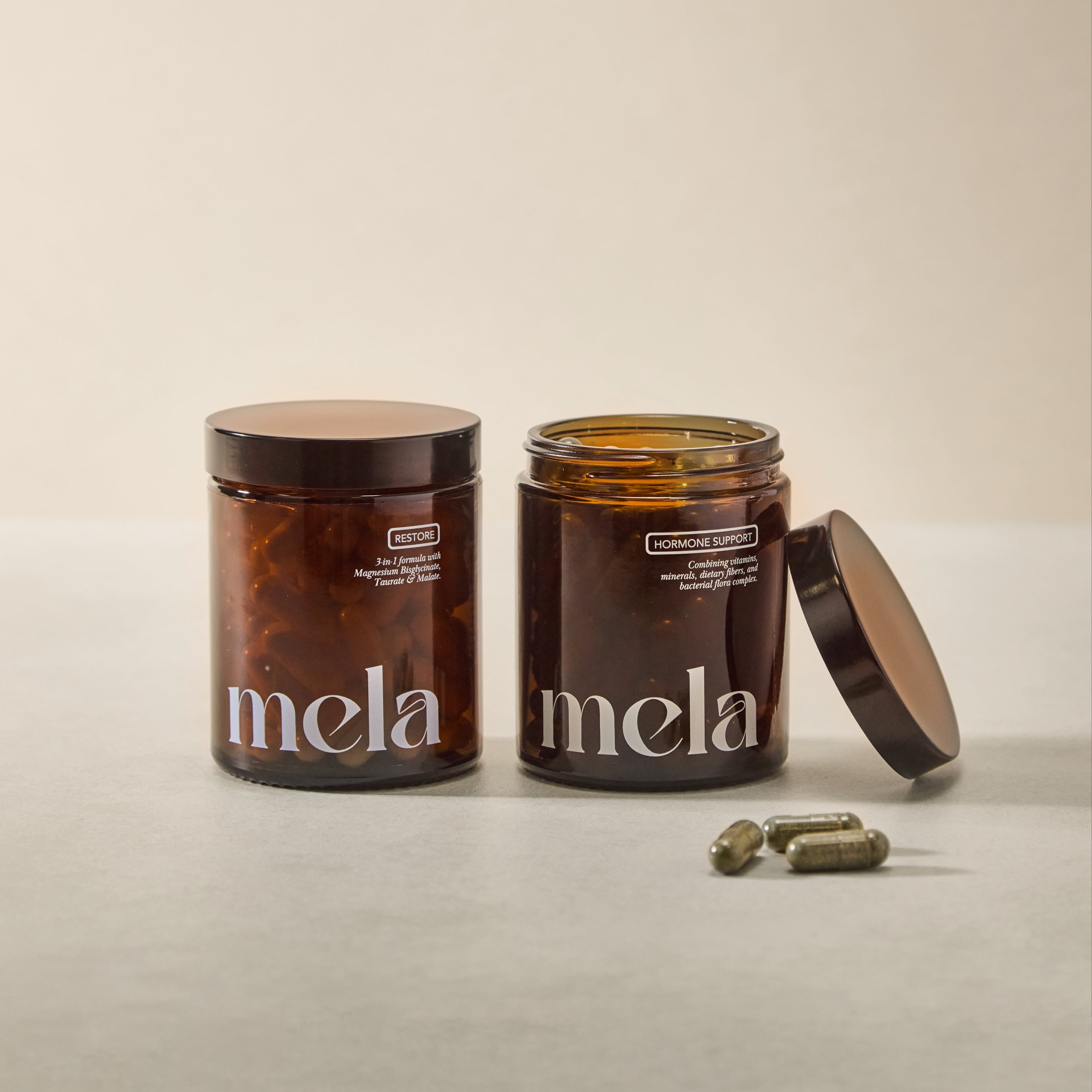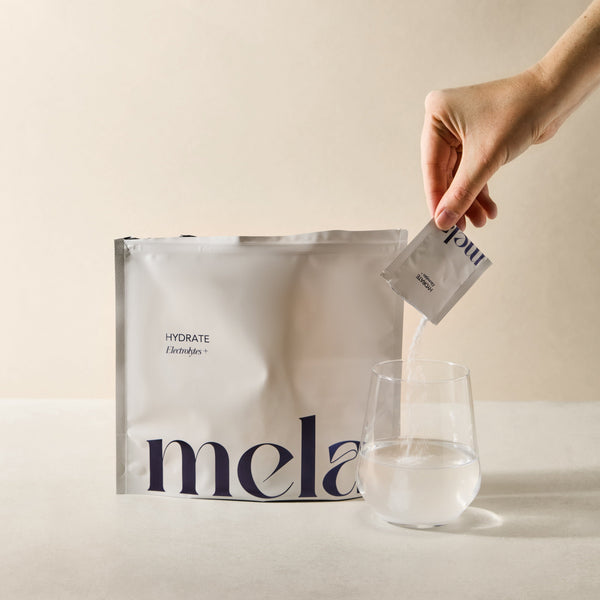Introduction Iron is a vital mineral that plays a crucial role in various bodily functions, including oxygen transport, energy production, and immune system support. Despite its importance, iron deficiency remains one of the most common nutritional deficiencies worldwide, particularly among women. In this blog post, we'll explore the importance of iron, symptoms of iron deficiency, the best dietary sources, and tips for improving iron absorption, backed by scientific studies and research.
Why Iron is Important Iron is essential for the production of hemoglobin, a protein in red blood cells that carries oxygen from the lungs to the rest of the body. It also supports myoglobin, a protein that provides oxygen to muscles, and is involved in various enzymatic processes that support overall health.
- Oxygen Transport: Hemoglobin requires iron to function correctly, enabling red blood cells to carry oxygen efficiently. Without adequate iron, tissues and organs can't receive enough oxygen, leading to fatigue and weakened immunity .
- Energy Production: Iron is a critical component of various enzymes involved in energy metabolism, making it essential for maintaining energy levels and overall vitality .
- Immune Function: Iron supports a healthy immune system by promoting the growth and differentiation of immune cells, helping the body fend off infections .
Symptoms of Iron Deficiency Iron deficiency can lead to anemia, a condition characterized by a reduced number of red blood cells. Common symptoms of iron deficiency anemia include:
- Fatigue and weakness
- Pale skin
- Shortness of breath
- Dizziness or lightheadedness
- Cold hands and feet
- Brittle nails and hair loss
- Headaches
- Cravings for non-nutritive substances (pica), such as ice, dirt, or clay
Causes of Iron Deficiency Several factors can contribute to iron deficiency, including:
- Inadequate Dietary Intake: Not consuming enough iron-rich foods, particularly in vegetarian or vegan diets.
- Increased Iron Needs: Pregnancy, menstruation, and periods of rapid growth (e.g., adolescence) can increase iron requirements.
- Poor Absorption: Conditions like celiac disease, inflammatory bowel disease (IBD), or surgeries affecting the digestive tract can impair iron absorption.
- Blood Loss: Heavy menstrual bleeding, gastrointestinal bleeding, or frequent blood donations can lead to significant iron loss.
Best Dietary Sources of Iron Iron comes in two forms: heme iron and non-heme iron. Heme iron, found in animal products, is more easily absorbed by the body compared to non-heme iron, which is found in plant-based foods.
-
Heme Iron Sources:
- Red meat (beef, lamb)
- Poultry (chicken, turkey)
- Fish and shellfish (salmon, tuna, clams)
-
Non-Heme Iron Sources:
- Legumes (lentils, chickpeas, beans)
- Tofu and tempeh
- Dark leafy greens (spinach, kale)
- Nuts and seeds (pumpkin seeds, cashews)
- Fortified cereals and grains
Improving Iron Absorption Certain dietary and lifestyle factors can enhance or inhibit iron absorption:
-
Enhancers of Iron Absorption:
- Vitamin C: Consuming vitamin C-rich foods (citrus fruits, bell peppers, strawberries) with iron-rich meals can enhance non-heme iron absorption .
- Animal Protein: Eating heme iron sources alongside non-heme iron sources can boost overall iron absorption .
-
Inhibitors of Iron Absorption:
- Phytates: Found in whole grains, legumes, and nuts, phytates can bind to iron and reduce its absorption. Soaking or fermenting these foods can help decrease phytate levels .
- Calcium: High amounts of calcium can interfere with iron absorption, so it may be beneficial to consume calcium-rich foods separately from iron-rich meals .
- Polyphenols: Compounds in tea, coffee, and some vegetables can inhibit iron absorption. Limiting their intake around meals can help improve iron uptake .
Conclusion Iron is an essential nutrient that supports many vital functions in the body, from oxygen transport to energy production and immune defense. Ensuring adequate iron intake through a balanced diet, understanding the symptoms of iron deficiency, and adopting strategies to enhance iron absorption are key to maintaining optimal health. If you suspect you have an iron deficiency, it's important to consult with a healthcare provider for appropriate testing and guidance.
By prioritizing iron-rich foods and mindful eating practices, you can support your body's needs and prevent iron deficiency, contributing to overall well-being and vitality.
References:
- Beard, J. L. (2001). Iron biology in immune function, muscle metabolism, and neuronal functioning. The Journal of Nutrition, 131(2), 568S-579S.
- Frazer, D. M., & Anderson, G. J. (2005). Iron imports. I. Intestinal iron absorption and its regulation. American Journal of Physiology-Gastrointestinal and Liver Physiology, 289(4), G631-G635.
- Ganz, T., & Nemeth, E. (2012). Hepcidin and iron homeostasis. Biochimica et Biophysica Acta (BBA)-Molecular Cell Research, 1823(9), 1434-1443.
- Oppenheimer, S. J. (2001). Iron and its relation to immunity and infectious disease. The Journal of Nutrition, 131(2), 616S-633S.
- Hallberg, L., & Hulthén, L. (2000). Prediction of dietary iron absorption: an algorithm for calculating absorption and bioavailability of dietary iron. The American Journal of Clinical Nutrition, 71(5), 1147-1160.
- Cook, J. D., & Reddy, M. B. (2001). Effect of ascorbic acid intake on nonheme-iron absorption from a complete diet. The American Journal of Clinical Nutrition, 73(1), 93-98.
- Hurrell, R. F. (2003). Influence of vegetable protein sources on trace element and mineral bioavailability. The Journal of Nutrition, 133(9), 2973S-2977S.
- Gleerup, A., Rossander-Hultén, L., Gramatkovski, E., & Hallberg, L. (1995). Iron absorption from the whole diet: comparison of the effect of two different distributions of daily calcium intake. The American Journal of Clinical Nutrition, 61(1), 97-104.
- Thankachan, P., Walczyk, T., Muthayya, S., Kurpad, A. V., & Hurrell, R. F. (2008). Iron absorption in young Indian women: the interaction of iron status with the influence of tea and ascorbic acid. The American Journal of Clinical Nutrition, 87(4), 881-886.










